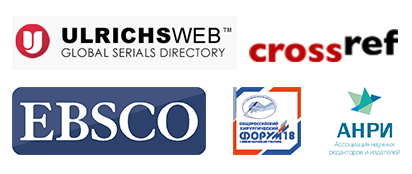Molecular characterization using RAPD, ISSR, SCoT markers and antibacterial activity for two Vinca (vinca roseus L.) Genotypes cultivated in Iraq.
Medical Laboratory department, Kufa institute, Al-Furat Al-Awsat Technical University, Kufa, Iraq.
College of Science /kufa University.
College of Science /kufa University.
Medical Laboratory department, Kufa institute, Al-Furat Al-Awsat Technical University, Kufa, Iraq.
Medical Laboratory department, Kufa institute, Al-Furat Al-Awsat Technical University, Kufa, Iraq.
General Directorate of Wasite Education
Abstract
The current study was conducted at biology department in faculty of science / university of Kufa for molecular identification to identifiy variation between white vinca (pure variety ) and local vinca variety (pink) at both molecular level using RAPD, ISSR and SCoT markers and examining antibacterial activity of leaf methanolic, ethanolic crude extracts and phenolic crude against E.coli, Proteus, Enterococcus , K. pneumonia, S. aureus, Salmonella, Acinetobacter ,P. aeruginosa and Enterobacter. markers variad among them in their ability to reveal genetic variation. Higher polymorphism produced by OPA-01, and OPA-02 (50%), (75%) by 17899A and (44 %) by ScoT 36. Higher unique fingerprint produced by RAPD markers followed by ISSR markers and SCoT markers. Results showed that methanol extract of white Vinca demonstrated a greater impact on bacterial growth than purple Vinca, size of inhibition zone grew to approximately 10.6 and 3.5 millimeters respectively, phenolic compounds of methanol extract of white Vinca demonstrated a greater impact on bacterial growth than purple Vinca and the size of the inhibition zone grew to approximately 22.4and 18.9 millimeters respectively.
Partners
